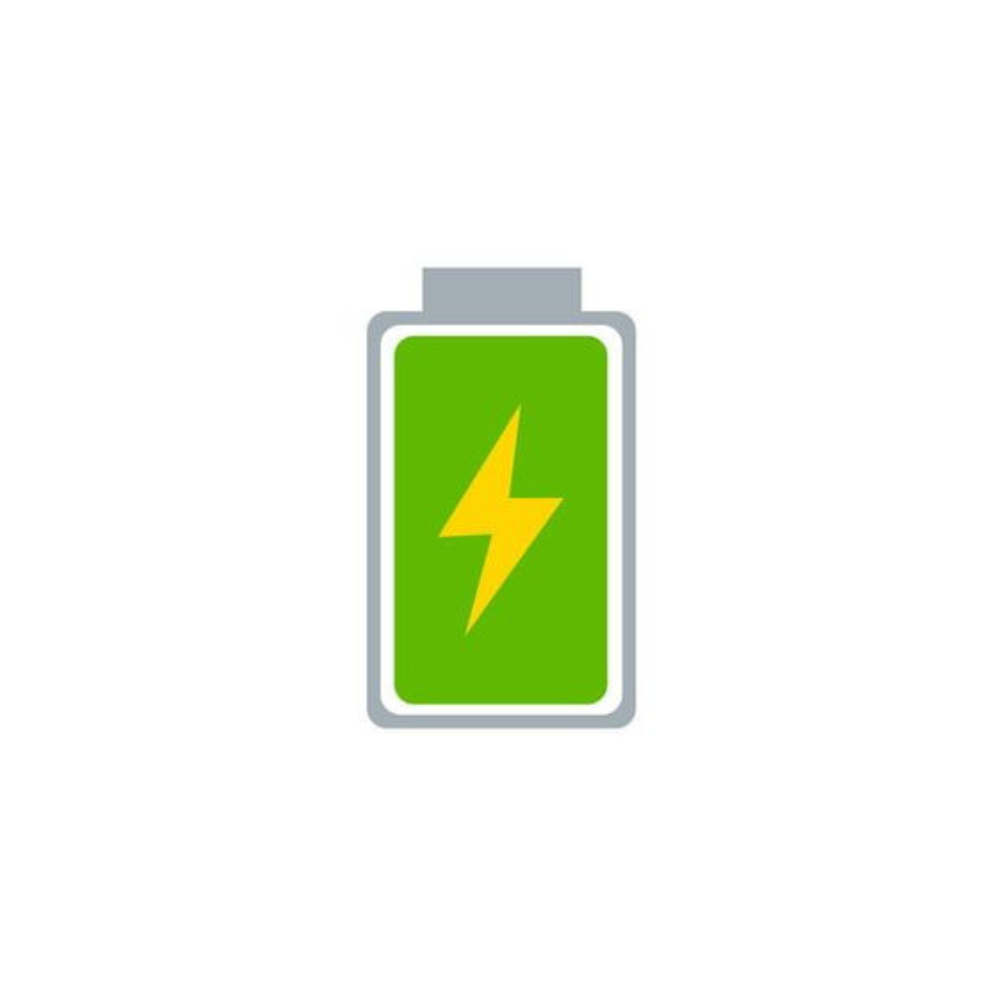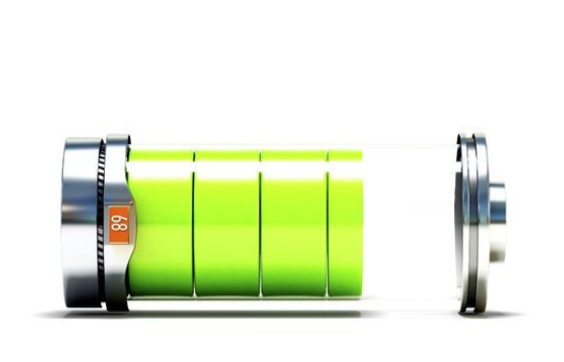Homeowners should have access to a generator as an effective power source. You can use a generator to charge an inverter battery if the battery is drained by any inconvenience. This is a simple process. It simply requires some cables and an inverter. Learn how you can charge your inverter battery with a generator.
Is It Possible To Charge An Inverter Battery With A Generator?

Image source : Pinterest
In times of crisis, an alternative power source can save you. A generator can come in handy during these times.
The generator is connected to the battery, and then the charging process begins automatically. You can also control the charging process by knowing your battery's specifications.
The inverter batteries are charged by a generator that provides the necessary voltage. A fully charged battery will be read with the right equipment and a functioning generator.
The following guide will explain how you can connect your inverter battery to your generator.
What Is The Best Way To Charge The Inverter With A Generator?
Step 1: Check The Fluid Levels Of Both The Inverter Battery And The Generator
- Make sure there is enough fluid in both devices.
- Until you reach the line marked on the inverter battery, add distilled water.
- Do not overfill the fluid since it might spill.
- Check if the fuel available to power the generator is enough to power the battery.
Step 2: You Need To Connect The Inverter To The Generator
The battery might be permanently damaged by a high current.
- Plug-in cables are usually included with generator inverters.
- Connect the generator directly to the inverter.
Step 3: Connect The Charger To The Inverter
- You can then plug in the charger directly after connecting it to the inverter battery.
Step 4: Turn On The Generator
Starting the generator is the last step before your battery starts charging.
- Start it by pulling the cord if it is an analog generator.
- You can also start the battery by pulling the starter switch.
Step 5: Allow The Battery To Charge.
- Allow the generator to run for a few minutes before switching the battery charger. This will stabilize the engine speed and voltage.
- Turn on the battery charger to charge the battery.
- The battery should be fully charged before reversing the process and disconnecting the generator.
When A Generator Charges An Inverter Battery, How Long Does It Take?

Image source : Pinterest
Using a generator to charge an inverter battery requires varying amounts of time.
There are a number of factors to consider when selecting a battery, including the size, voltage, and state of the battery.
A fully charged battery takes about 5-8 hours to recharge.
It is possible for only 20% of the current to reach the solar battery when a charge controller is used during the charging process.
The battery will need to be charged for longer with a charge controller.
Electricity can be used as an alternative power source if a generator is not available.
The Steps To Charge A Battery With Electricity

Image source : Pinterest
Your inverter battery will not be drained entirely if you connect it to the electric power output sockets, even if your generator is not available.
The procedure is straightforward, but it's important to adhere to safety precautions. Below we have explained what electricity does to a solar battery.
- Make sure the battery meets your needs. In order to determine the rated current and voltage of the battery, this information will be very helpful.
- A power supply should be connected to the inverter battery.
- The output of the battery should be adjustable.
- Increase the voltage until the battery is 20% less than its rated capacity.
- Make sure that the battery temperature is not too hot by staying on top of it constantly.
- The battery might need to be fully charged before it can be used.
Your inverter battery should not become accustomed to being charged with a generator. Keep your distance from the battery while it's charging. There might be conditions in the battery that could cause it to explode.
A Compromise Between Generator Run Time And Battery Charge Level

Image source : Pinterest
If you wish to run the generator for as little time as possible, charging the batteries to around 90% is the best compromise.
Battery banks would need to be charged to 100% full considerably longer than needed, causing fuel to be wasted.
Ideally, you should wait to charge your device fully until you have access to grid power. If you wish, you may charge once a week.
There are indicator lights on most smart chargers that tell you what stage the charging process is in.
During the absorption stage, when your charger reaches 90%, you can shut off your generator.
However, you must wait until the bulk mode has finished before shutting down your generator.
FREQUENTLY ASKED QUESTIONS:
1. How Much Generator Power Is Required To Charge A Battery Inverter?
Ans. Generators should be at least twice as big as inverters. It is possible to use a 6000-watt generator with an inverter that generates 3000 watts, for example. In order to charge an inverter battery, a generator must have a minimum output of 8kW.
2. What Is The Average Time It Takes For Electricity To Fully Charge An Inverter Battery?
Ans. Electricity is a fast and reliable way of charging devices. A fully charged battery takes a certain amount of time depending on its quality, size, and state. Normally, a fully discharged battery requires 5 hours to charge.
3. What Is The Maximum Battery Life Of An Inverter?
Ans. Generally, they last between 3 and 4 years. It is however imperative to check and top off the electrolyte levels on a regular basis.
During charging and discharging, they also release harmful gases. Therefore, they need to be located in an area that is well ventilated.
4. Can Rain Water Be Used To Recharge An Inverter Battery?
Ans. The battery will not last as long if you use tap or rainwater because they contain excess minerals and impurities.
Conclusion
It is essential to have alternative sources of energy besides electricity. It is uncertain how inverter charging will work.
Possibly you set up the battery incorrectly in such a way that it drains the battery. The best option for charging the battery is to use a generator.
There will be less fuel consumption and you will be able to control the charging process. The charger controller prevents the inverter battery from being damaged by high currents generated by electricity.





_1350.jpeg)

